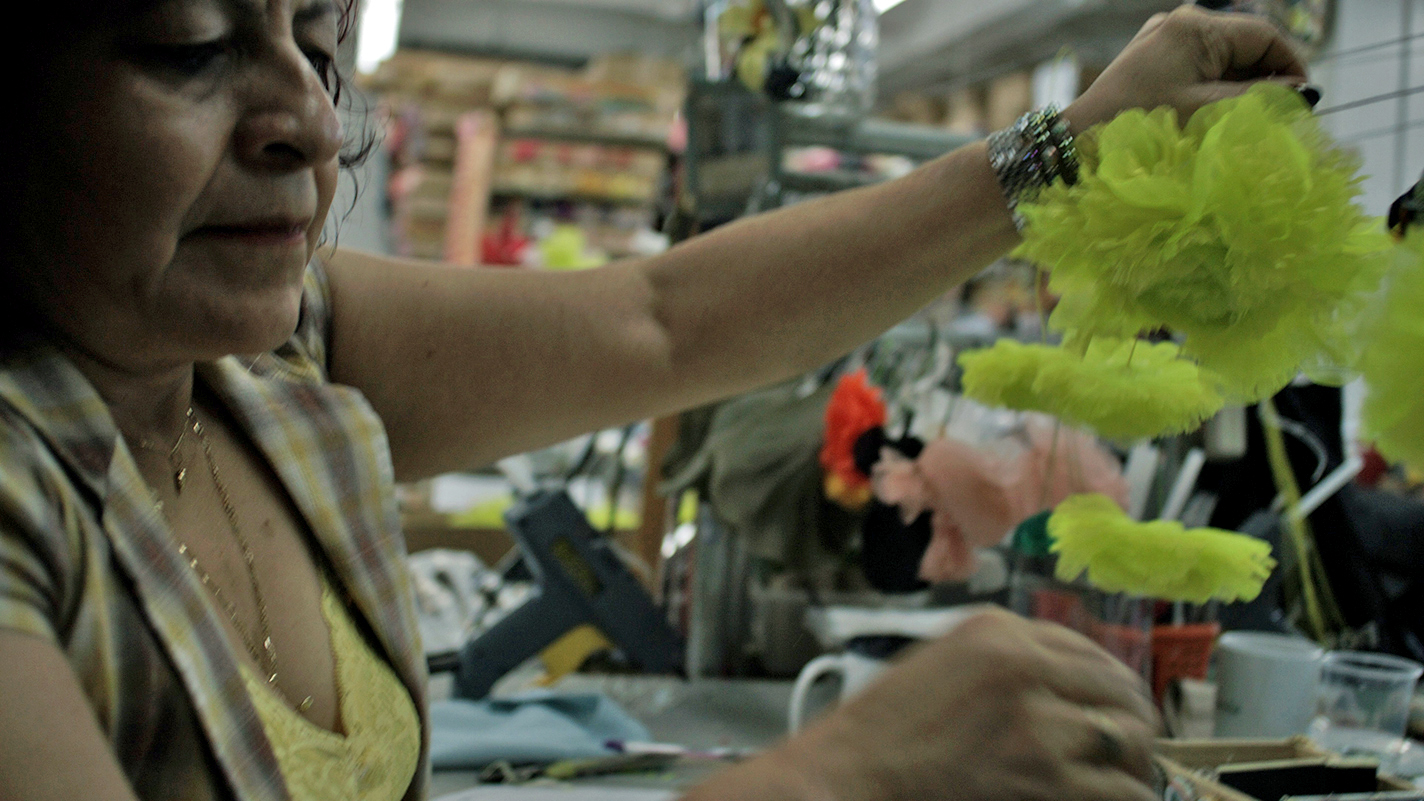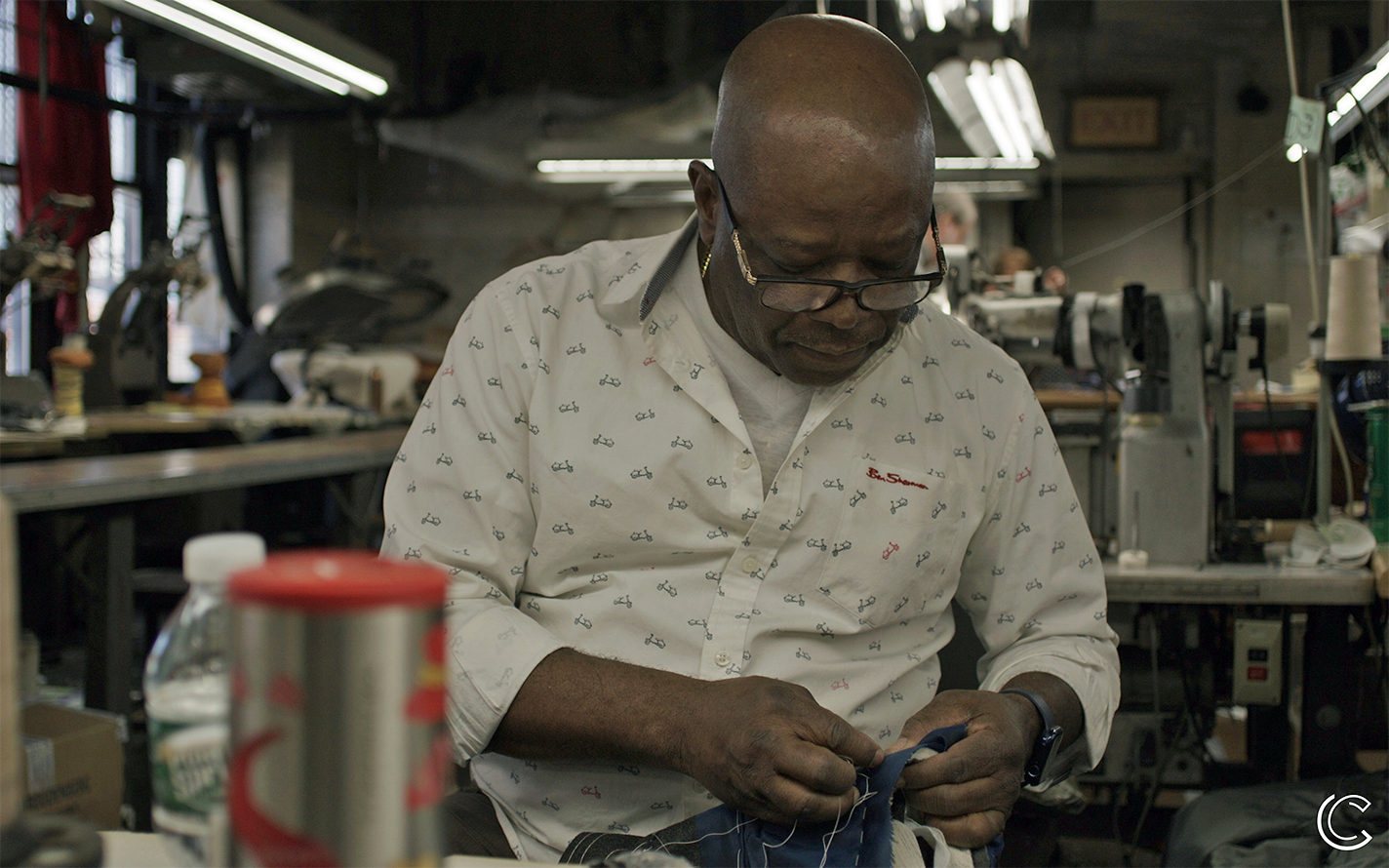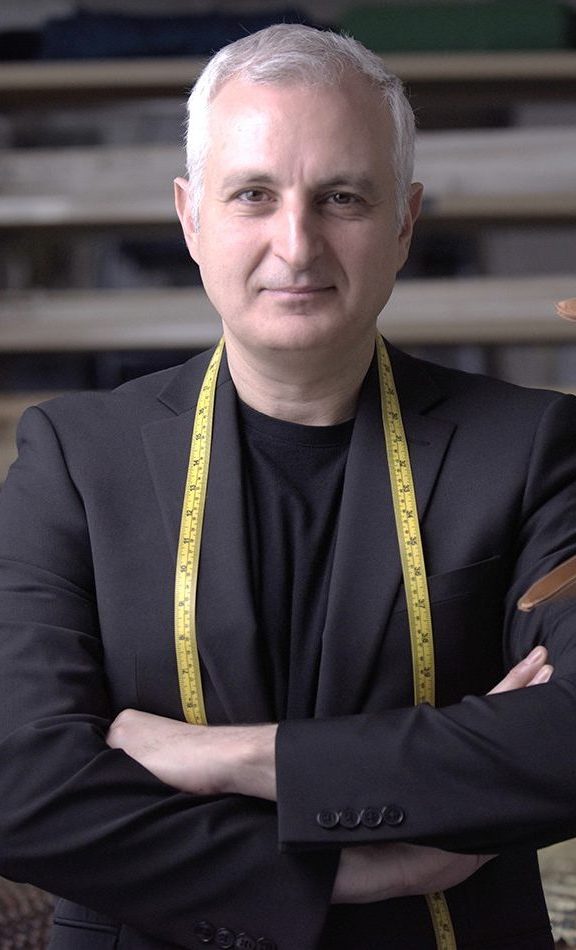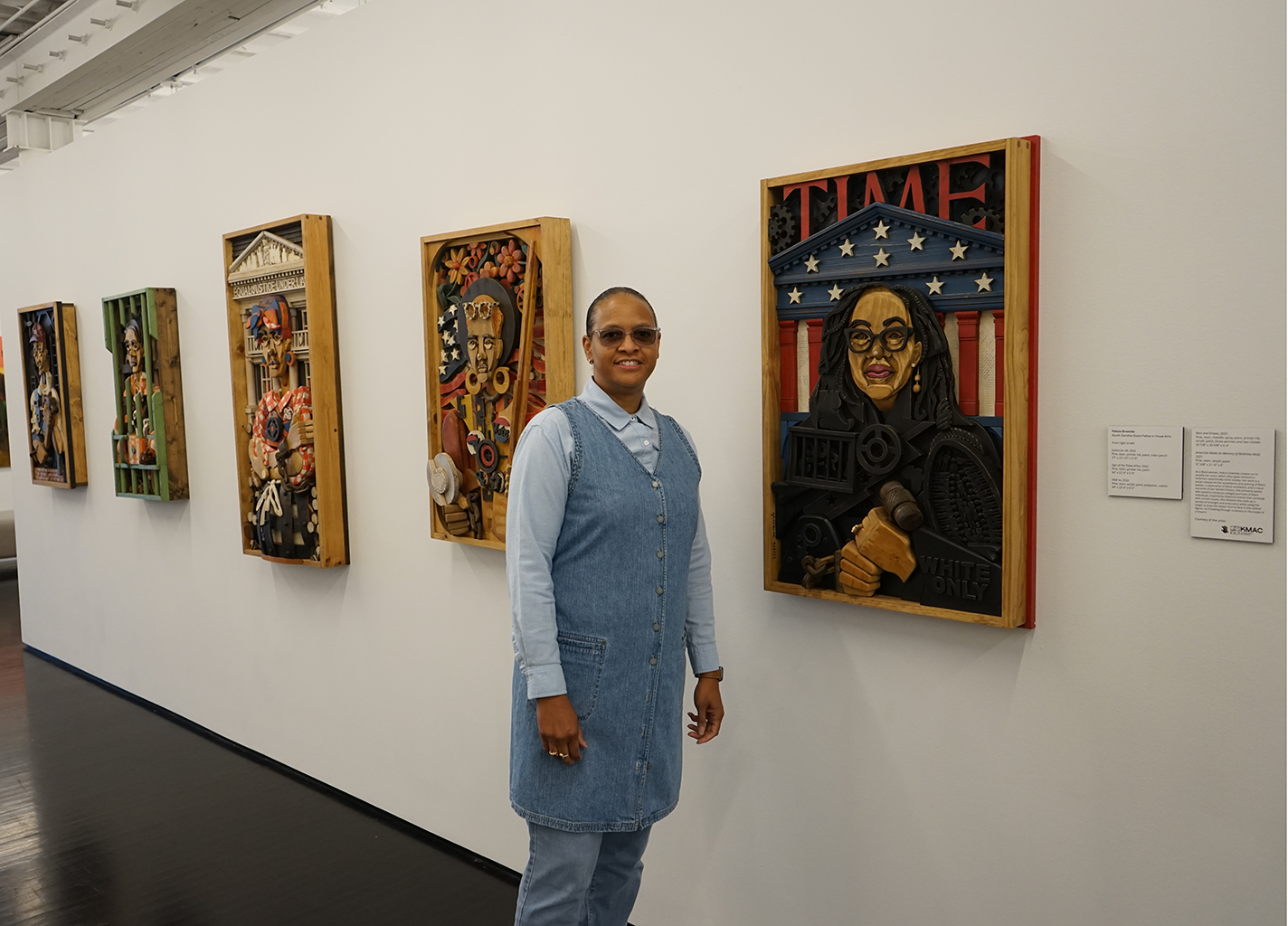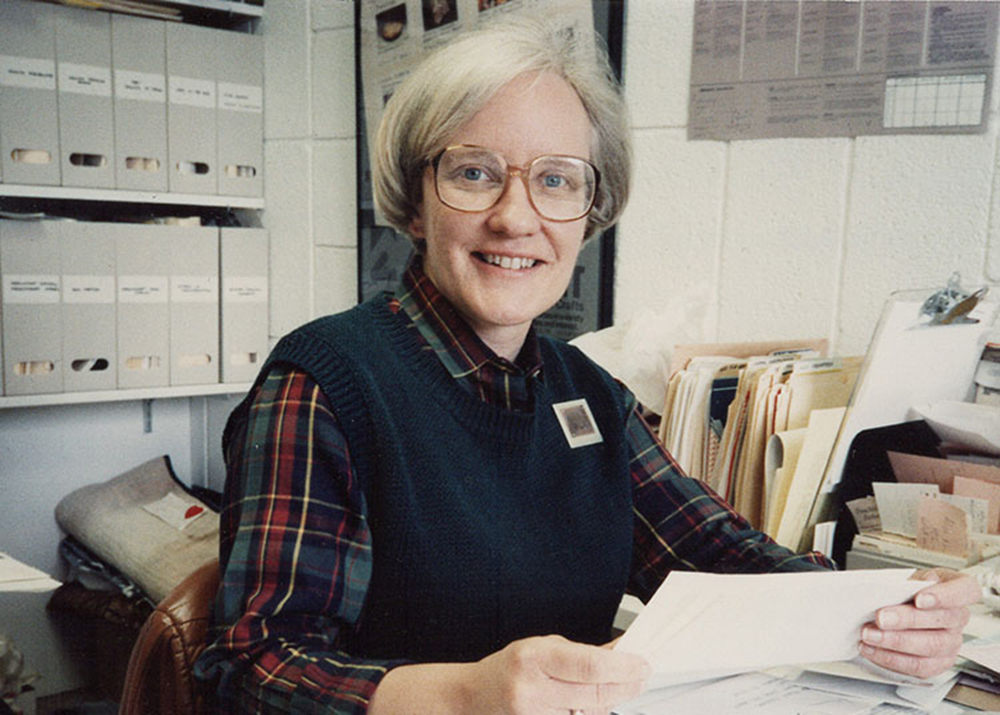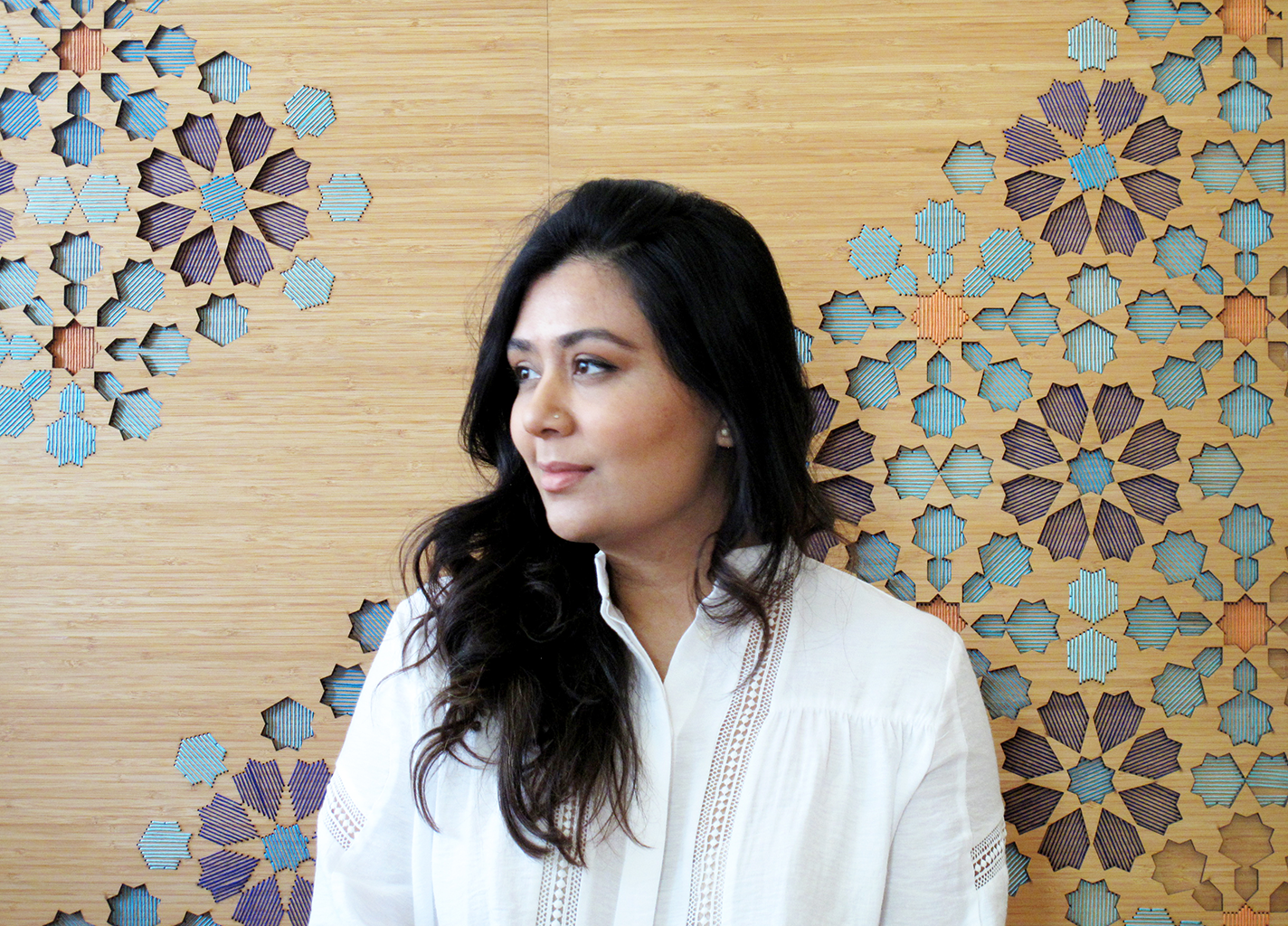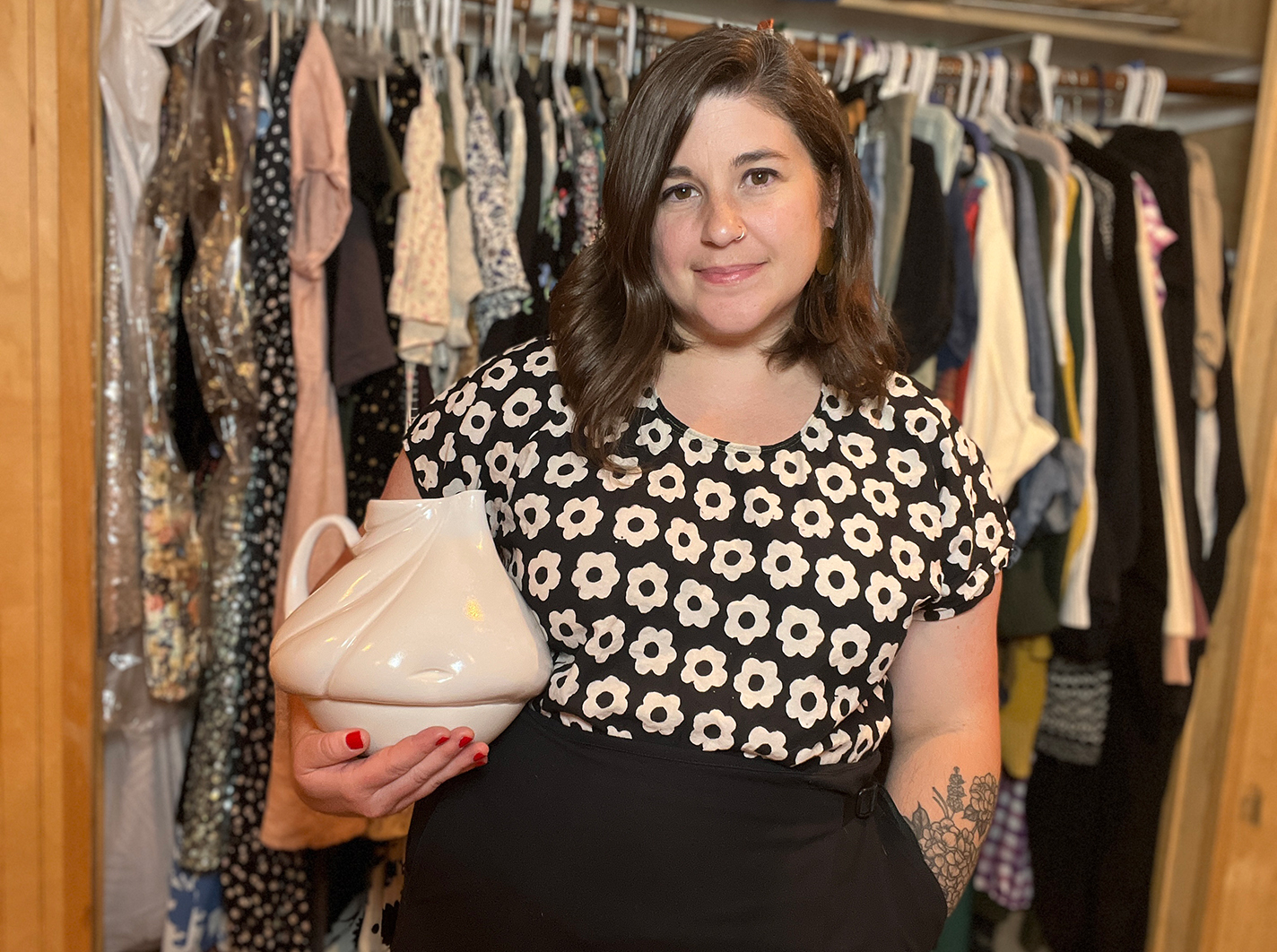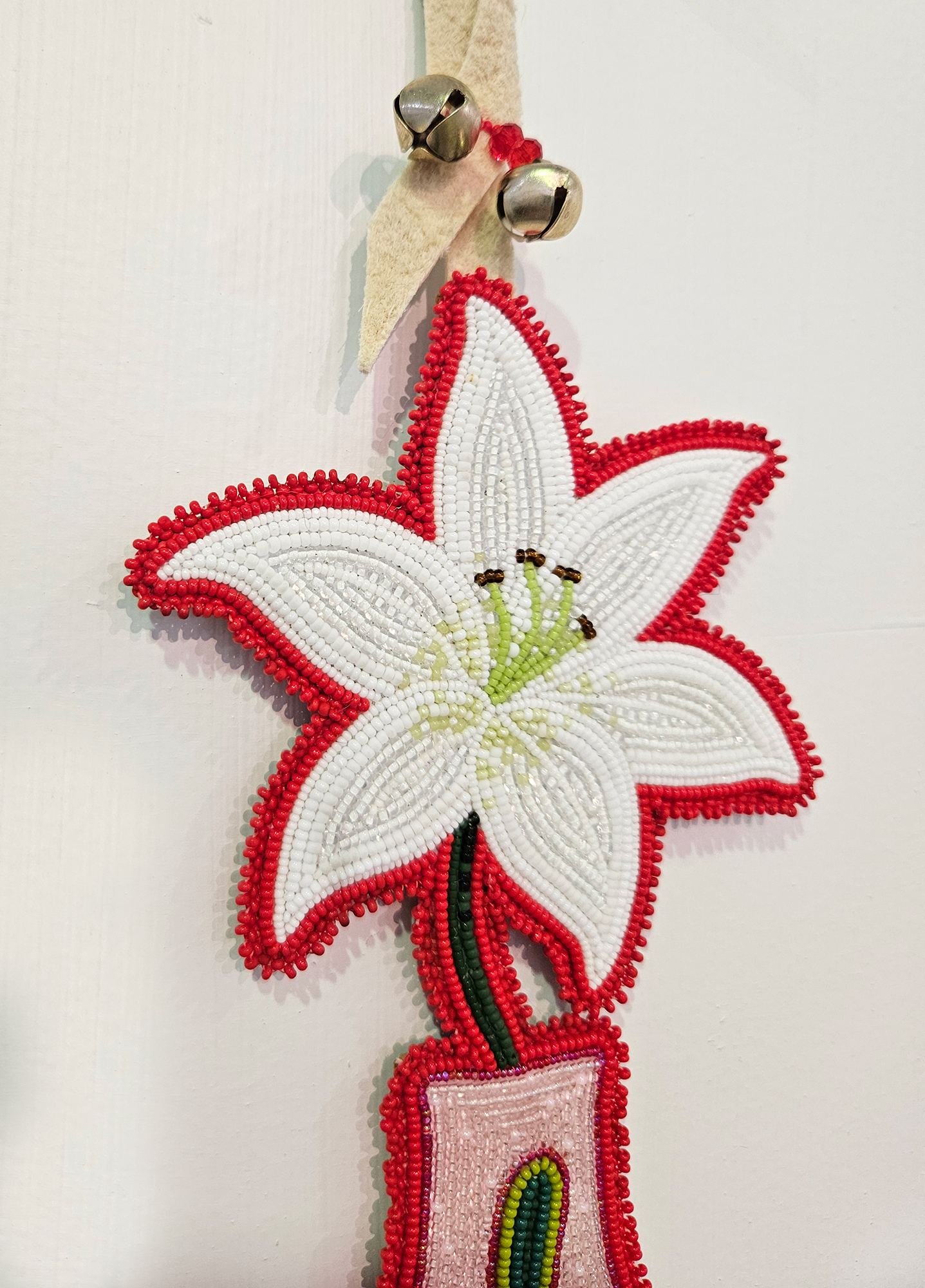Since the pandemic, a resurgent interest in the handmade has created a little-talked-about human resources crisis in the luxury fashion space, especially in the US, where makers with niche skill sets—hand sewers, leather and lace makers, hand blockers, flower makers, and many others—are retiring or shifting careers without having mentored their replacements. This is partly the result of fast fashion, mass production, and outsourcing that, until just recently, dampened demand for domestically crafted couture. Making matters more challenging, students populating most fashion schools are more interested in becoming designers (a narrow career path in the best of times) than learning a particular skill set that would render them more employable and stock the industry’s bench with specialized workers.
“A shared sentiment in the fashion world is that it’s become more challenging to find talent that can produce quality and really beautiful luxury goods here in the US,” says Gigi Burris O’Hara, a milliner who runs an atelier in New York City’s fashion district. “And that some of the biggest hurdles aren’t price, but people.”
To address the situation, Burris O’Hara launched the nonprofit Closely Crafted, which uses live events and cross-platform storytelling to emphasize the economic and environmental benefits of small-batch American production in fashion and to excite a new generation of specialized artisans at a grassroots level. The organization also facilitates mentorships to ensure generational knowledge is preserved.
“Something that really resonates with me is preservation through human knowledge,” Burris O’Hara says. “In the fashion industry, we have not placed value on the craftsperson. And if we don’t alter that pattern, if we don’t find ways to get young people to learn from those artisans before they retire, we will no longer have anyone who knows how to cut lace, or create unique pleats, or make handmade silk flowers.”
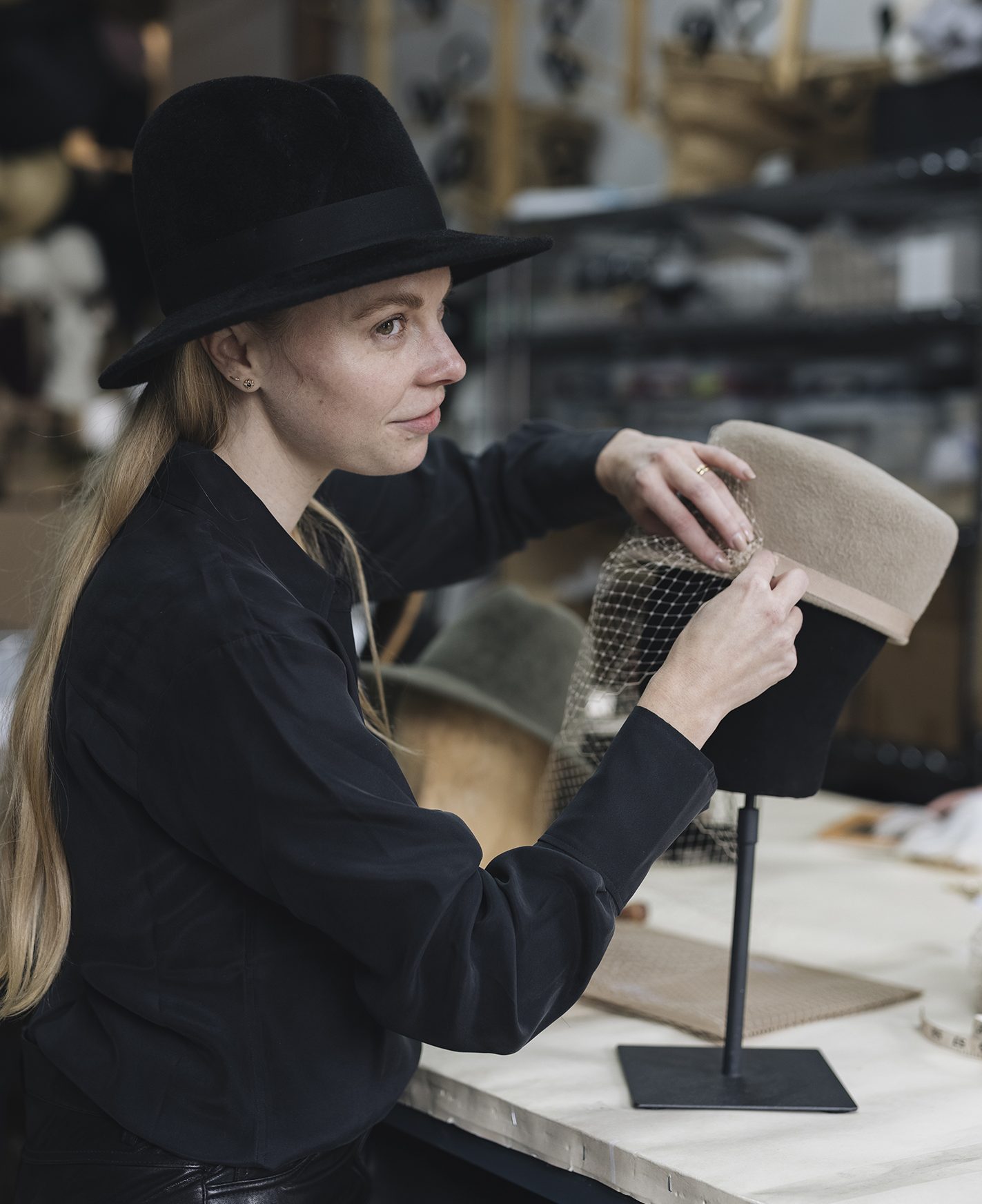
Closely Crafted’s founder, milliner Gigi Burris O’Hara.

